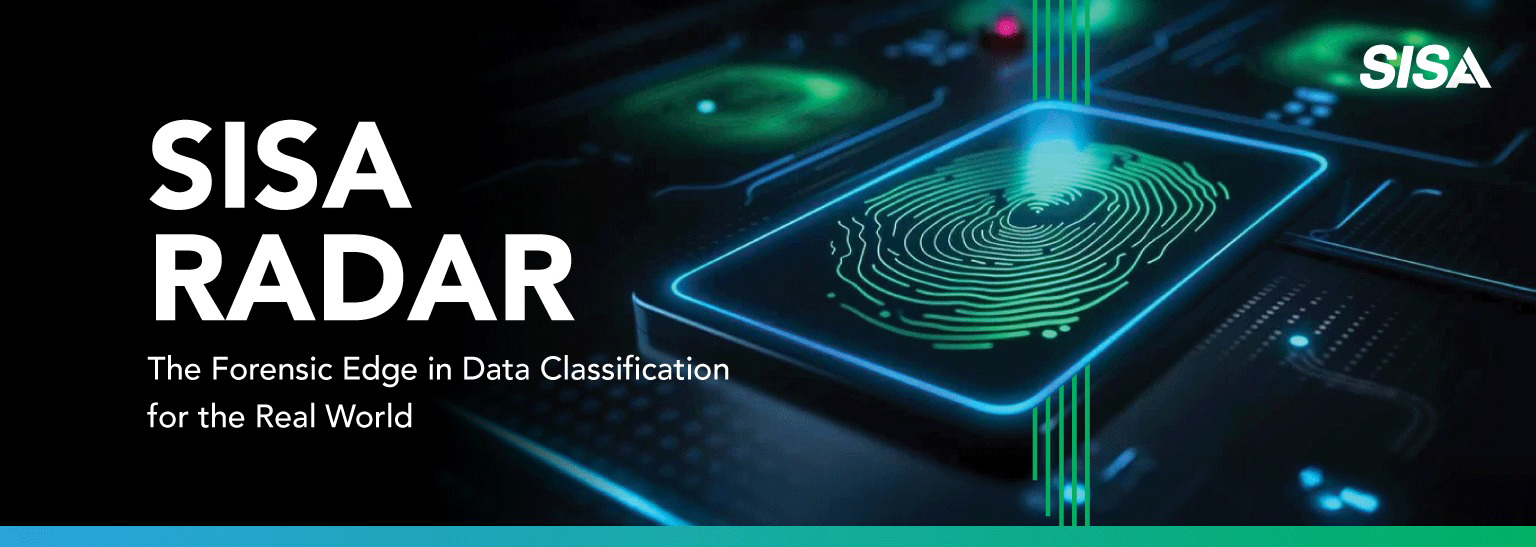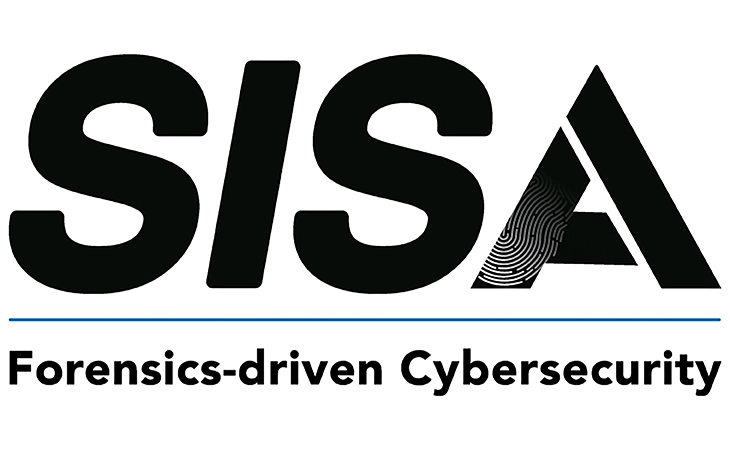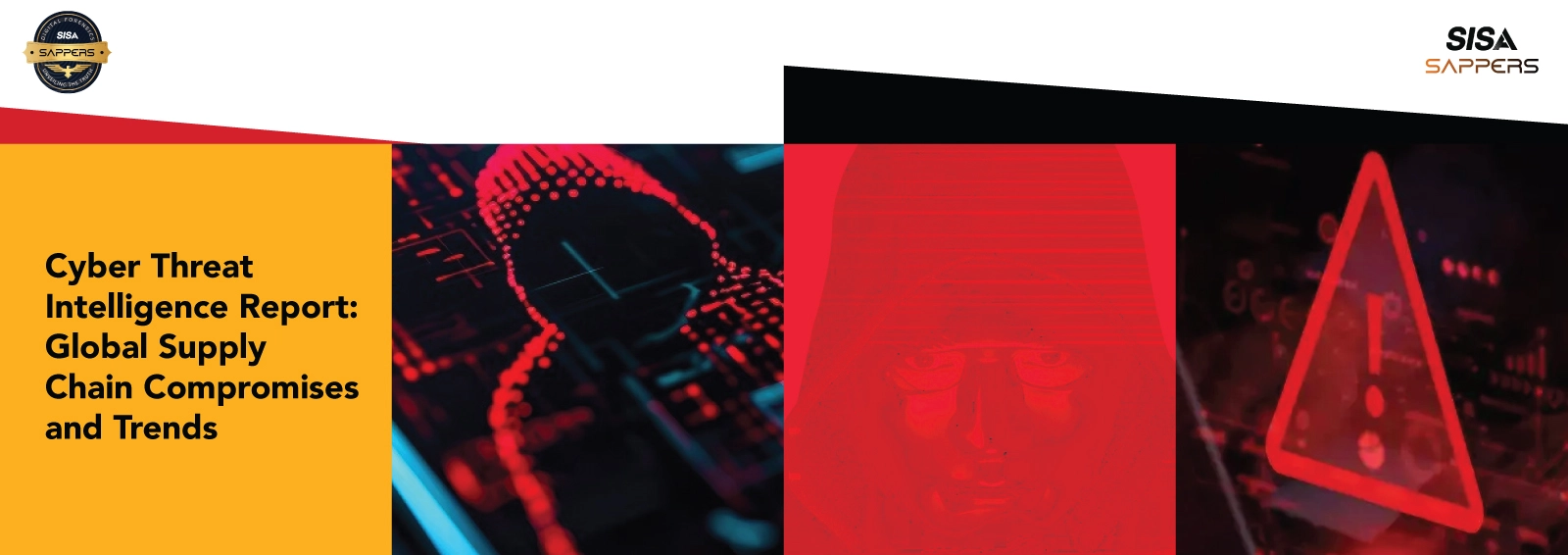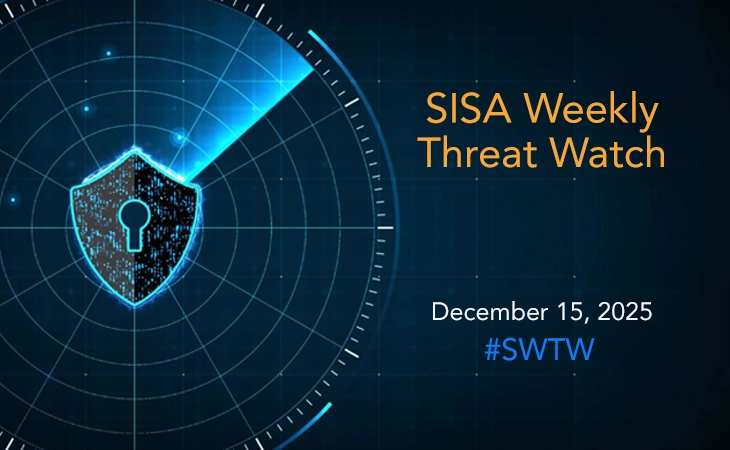
What Is The Role Of An Incident Management Team In An Organization?
In today’s fast-paced digital landscape, organizations face constant threats from system outages, cyberattacks, and operational disruptions. These incidents can cripple productivity, damage customer trust, and lead to financial losses. To mitigate these risks, organizations rely on an Incident Management Team (IMT)—a specialized group trained to respond swiftly and effectively to crises. This blog explores the role of an IMT, its importance, structure, and best practices for building a resilient response strategy.
Why Is an Incident Management Team Essential?
An IMT serves as the backbone of organizational resilience. Here’s why it’s indispensable:
- Minimize Downtime: Unplanned outages disrupt workflows and revenue streams. An IMT quickly identifies and resolves incidents, reducing the Mean Time to Resolution (MTTR) and ensuring business continuity.
- Enhance Security: Cyber threats like data breaches require rapid containment. The IMT collaborates with security experts to neutralize risks and prevent escalation.
- Ensure Compliance: Industries like healthcare and finance must adhere to strict regulations (e.g., GDPR, HIPAA). The IMT documents incidents and enforces protocols to avoid penalties.
- Build Customer Trust: Transparent communication during incidents reassures customers, preserving loyalty even during crises.
- Optimize Resources: By assigning roles strategically, the IMT ensures skilled personnel address high-priority tasks, avoiding duplication of efforts.
Key Roles Within an Incident Management Team
An effective IMT operates like a well-oiled machine, with each member fulfilling distinct responsibilities:
- Incident Manager: The leader who oversees the response, delegates roles, and communicates with stakeholders.
- Tech Lead: A senior technical expert who diagnoses issues, proposes fixes, and coordinates troubleshooting.
- Communications Manager: Manages internal/external updates, including status pages and stakeholder alerts.
- Customer Support Lead: Handles user inquiries and relays feedback to the technical team.
- Scribe: Documents timelines, decisions, and actions for post-incident analysis.
- Problem Manager: Identifies root causes post-resolution to prevent recurrence.
Additional roles like Social Media Lead or Security Analyst may be activated based on the incident’s nature.
Types of Incident Management Teams
IMTs vary based on organizational needs and incident types:
- IT Service Management (ITSM): Focuses on restoring IT services using ITIL frameworks. Reactive in nature, it prioritizes minimizing downtime.
- Site Reliability Engineering (SRE): Proactively designs resilient systems and automates responses to prevent outages.
- DevOps Teams: Integrate development and operations to resolve incidents rapidly, emphasizing continuous improvement.
Best Practices for an Effective IMT
- Develop a Clear Incident Response Plan: Define escalation paths, roles, and communication protocols.
- Conduct Regular Training: Simulate incidents through drills to sharpen decision-making under pressure.
- Leverage AI and Automation: Use tools like AIOps for real-time alerts and predictive analytics to reduce manual efforts.
- Post-Incident Reviews: Analyze resolved incidents to identify gaps and refine processes.
- Foster a Blameless Culture: Encourage transparency to uncover root causes without fear of reprisal.
Essential Tools for Incident Management
- Monitoring & Alerting: Tools like Datadog or Prometheus detect anomalies and trigger alerts.
- Collaboration Platforms: Slack or Microsoft Teams enable real-time coordination among dispersed teams.
- Ticketing Systems: Jira or ServiceNow track incidents from reporting to resolution.
- AIOps Platforms: Automate diagnostics and provide actionable insights using historical data.
Conclusion
An Incident Management Team is vital for navigating crises efficiently. By combining clear roles, structured processes, and advanced tools, organizations can minimize disruptions, safeguard reputation, and maintain customer trust. Investing in training, technology, and continuous improvement ensures the IMT remains prepared for evolving challenges, turning potential disasters into opportunities for growth.
FAQs
- How does an Incident Management Team differ from regular IT support?
While IT support handles routine issues, an IMT tackles high-severity incidents with broader business impact. They follow strict protocols, involve cross-functional experts, and focus on rapid resolution. - What metrics measure an IMT’s effectiveness?
Key metrics include Mean Time to Detect (MTTD), Mean Time to Resolve (MTTR), incident recurrence rates, and customer satisfaction scores. - Can small businesses benefit from an IMT?
Yes! Even small teams can adopt IMT principles by defining roles, using affordable monitoring tools, and documenting response plans. - How does AI enhance incident management?
AI predicts incidents through pattern analysis, automates alerts, and suggests fixes based on historical data, speeding up resolution. - What’s the difference between incident and problem management?
Incident management resolves immediate disruptions, while problem management addresses root causes to prevent future occurrences.
Latest
Blogs
Whitepapers
Monthly Threat Brief
Customer Success Stories
 USA
USA India
India APAC
APAC Middle East
Middle East Global
Global



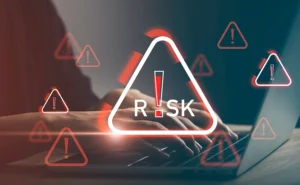
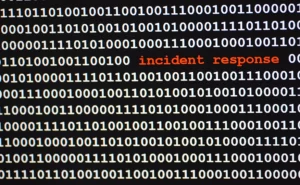

 Facebook
Facebook Linkedin
Linkedin  X
X Youtube
Youtube



